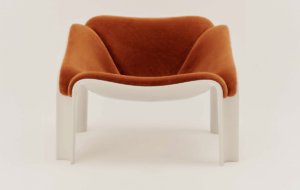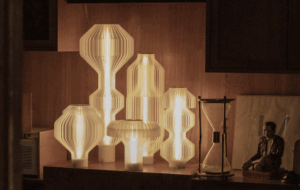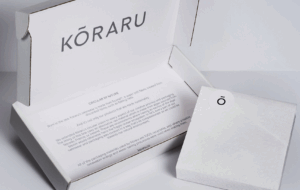words Marcus Fairs
The theme of Future Design Days was Shift, and speakers were supposed to ponder the implications of accelerating rates of change in everything from computer technology to global travel patterns. Not all of them did, but who cares? Here are a few of our favourite speakers from the conference.

Stephan Hamel is marketing director of furniture brand Baleri Italia. He made connections between Etruscan furniture and contemporary figures such as the Campana brothers. He also threw light on the reasons why Italy has failed to produce a new generation of designers to replace the post-war greats, saying that the godfathers of modern Italian design had deliberately stifled younger talents to ensure they weren’t upstaged by them.

Arkadius went off on one, ranting about the current state of the fashion industry and having a go at Swedish high street brand H&M – whose executives were in the audience – for exploiting the celebrity status of Stella McCartney and Karl Lagerfeld by signing them up to design affordable collections. The Polish-born fashion designer – full name Arkadius Weremczuk – is based in London.

Johan Forsberg runs LunarStorm, an online community that has 1.2 million members in Sweden – almost 15 per cent of the entire population and 80 per cent of all 15-20 year olds. Forsberg spoke about how relationships forged between web users on sites such as LunarStorm are driving a new type of participatory Ð and always incomplete – design process.

Julian and Sophie are fashion subversives whose pranks include sending out invitations to non-existent fashion shows and projecting guerilla films onto official venues during London Fashion Week. Partner Julian Roberts famously sold off the rights to his previous collection, Nothing Nothing, on eBay for £1 in 1992. The pair gave a multi-media talk about their exploits, which we loved so much weÕve booked them for our next Pecha Kucha event (see page 130).

Lara Bohinc spoke about the difficulties of being a jewellery designer with avant-garde ideas when all the market seems to want is variations on timeless themes such as butterflies, hearts and flowers. The Slovenian-born, London-based designer showed radical large-scale pieces of work that had featured on the covers of glossy magazines but had failed to sell.

















